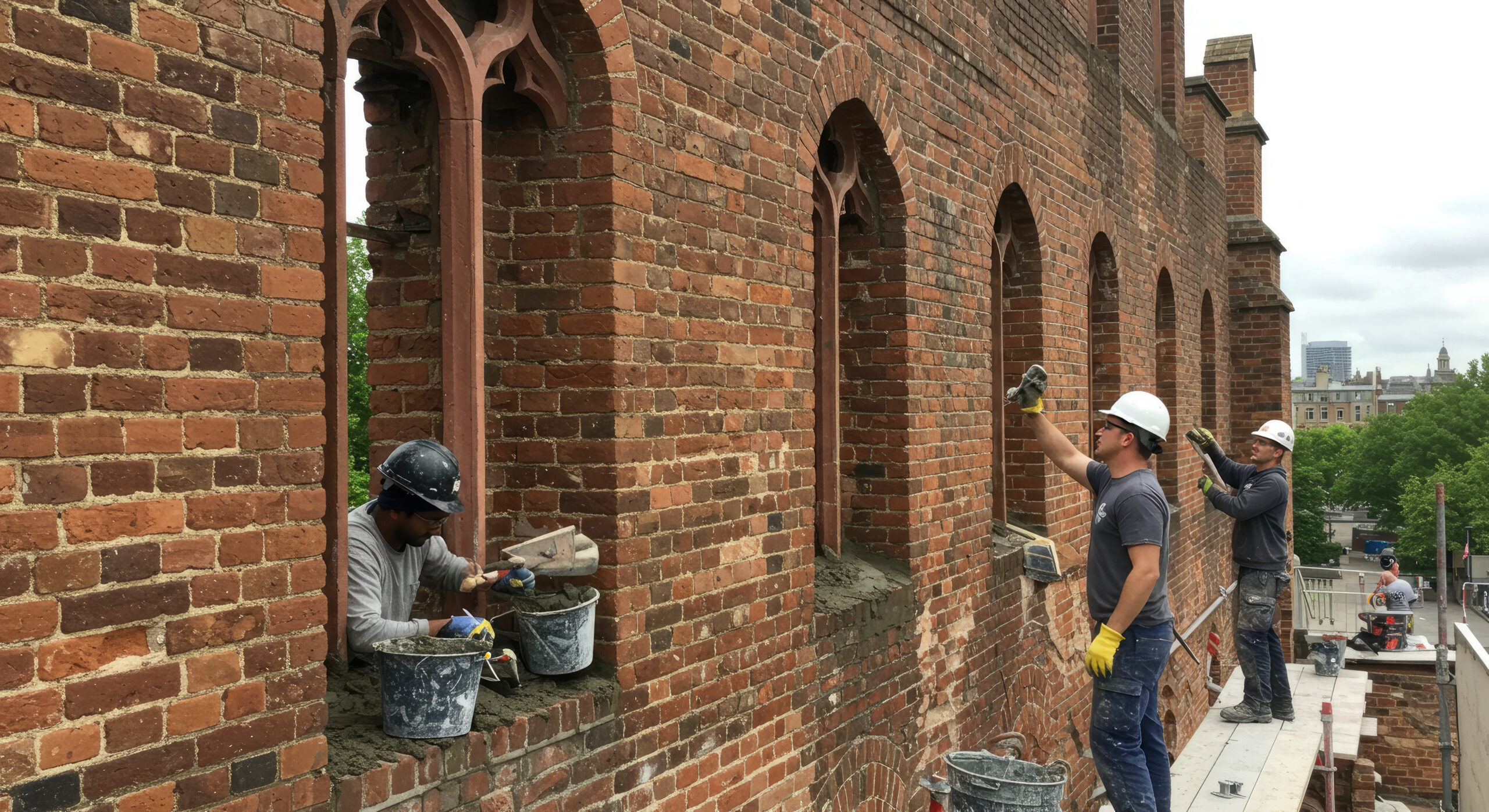
adobe Stock
1 AIA LU / HSW
This program examines the movement characteristics of various types of masonry and discusses how to successfully accommodate those movements resulting in a crack-free building. It analyzes the different sources of building movement including a material’s temperature changes, moisture changes, and deflection of building elements. It looks at industry guidelines for location, spacing, and width of movement joints. It examines how to handle both vertical and horizontal movements including the detailing of flashing and other elements that may be required. And finally, the program examines building code requirements for showing movement joints on the construction drawings.
Learning Objectives
- Discover the correct terminology for movement joints as it pertains to different masonry materials.
- Know typical conditions of a masonry building that require movement joints to prevent cracking and learn concepts that dictate typical locations and spacing.
- Understand building code requirements for information describing the movement joints on construction documents.
- Learn from case studies to understand best practices for locating movement joints.
Thank you to our Sponsor!

